Architecture

Oak Alley Plantation
The 800-foot-long allée of live oak trees leading from the river to the columned house constitutes one of the most familiar and evocative images of Louisiana's grand plantation houses.

The 800-foot-long allée of live oak trees leading from the river to the columned house constitutes one of the most familiar and evocative images of Louisiana's grand plantation houses.
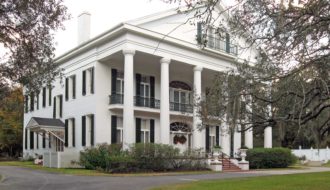
Oaklawn Manor, on Bayou Teche, was originally owned by Irish-born lawyer Alexander Porter whose ancestry gave this area the name Irish Bend.

The oil and gas industry has been a dominant economic engine in Louisiana for well over a century.

While the oil and gas industry has helped grow Louisiana’s economy, it has also created significant environmental challenges.
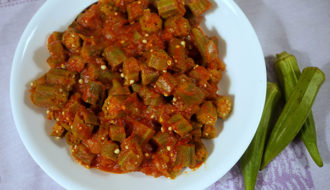
Although okra is consumed throughout the South, it is predominantly associated with South Louisiana, where it is used as a thickener for gumbo.
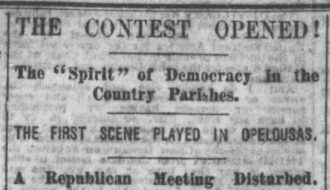
The deadliest episode of Reconstruction-era racial violence, the Opelousas Massacre of 1868 left more than two hundred Black people dead and established a near century-long precedent of Black voter suppression in St. Landry Parish.
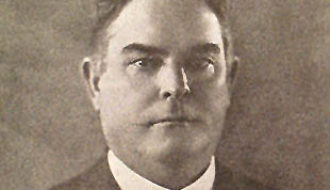
Former Louisiana senator Oramel Simpson became the state's governor following the death of Henry Fuqua in 1926.
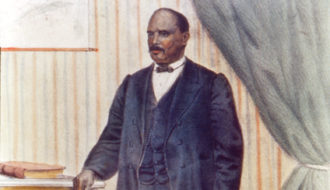
Oscar James Dunn became one of the first Black men to serve in an executive political position in the United States when he was elected lieutenant governor of Louisiana in 1868.

Oscar James Dunn became one of the first Black men in the United States to serve in an executive political position when he was elected lieutenant governor of Louisiana in 1868.
Our Lady Queen of Heaven Church's modern design was made possible in large part by the parish priest, Monsignor Irving DeBlanc, who persuaded his parishioners that a contemporary building would best serve changes in liturgy made by Vatican Council II.
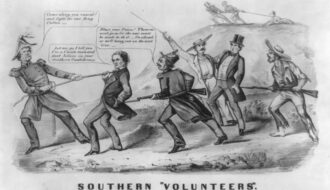
Ozeme Carriere led one thousand guerilla fighters, including enslaved people and free people of color, in resisting the Confederate draft.

People from the Clovis culture and San Patrice culture were some of Louisiana’s earliest inhabitants.
One-Year Subscription (4 issues) : $25.00
Two-Year Subscription (8 issues) : $40.00
